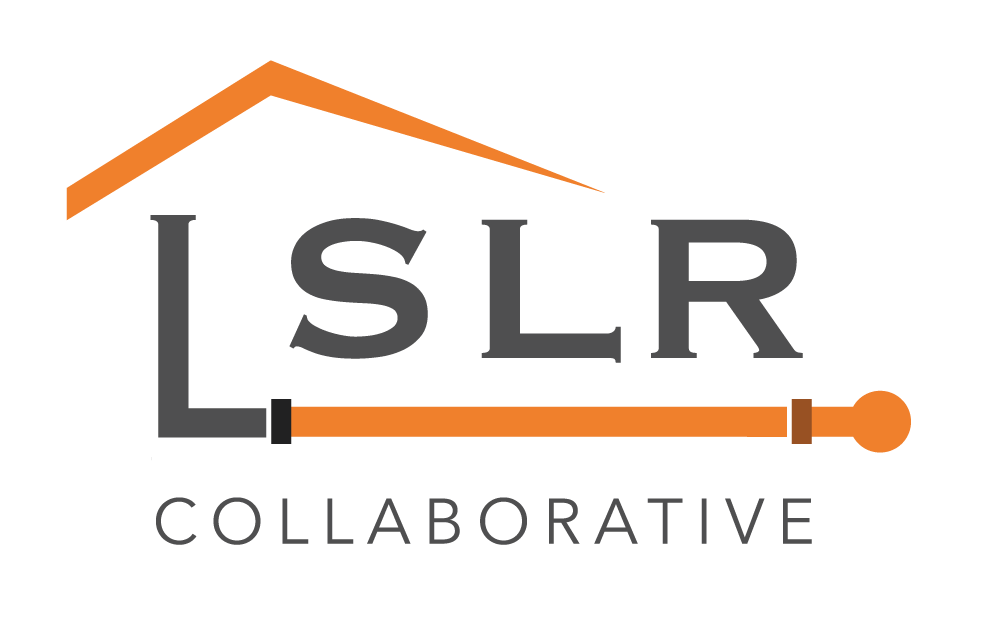|
See the original article from Toledo Blade. Toledo City Councilmen and community activists are adamant the city’s 30,000 lead water service lines be replaced once a new regional water system is established, and work to modernize those pipes is about to ramp up. Beginning in 2020, city crews will systematically go through Toledo’s neighborhoods to replace lead pipes with copper ones. It’s a deliberate, methodical effort to switch out the old pipes, but crews have been slowly modernizing the water service lines for the last two decades. Christy Soncrant, an administrator with the city’s engineering services division, said officials in 1999 kicked off an effort to replace aging water mains in the city. The water service lines are the pipes that shoot off from the water main and carry drinking water to homes and businesses, and crews decided to replace those service lines when they were doing the water main work. Twenty years later, crews began replacing any lead service lines uncovered during street repair projects. Ms. Soncrant said lead pipes were phased out between 1948 and 1952. About one-third of the city’s 90,000 water service lines are lead, but she said the pipes don’t pose a health hazard to residents because the water is treated in a way that coats the pipes to prevent the lead from getting into the water.
“It’s not harmful, the way the city treats the water,” she said. “Our water treatment puts that protective coating that inhibits the corrosion that keeps them safe.” The Ohio Environmental Protection Agency requires Toledo test its water for lead every three years. If found, more frequent testing would be required, Ms. Soncrant said. But so far it hasn’t. Even so, city officials have set a goal of replacing 1,000 lead lines annually, beginning in 2020. Toledo City Council on Tuesday approved 40-year water supply contracts with the eight municipalities that purchase drinking water from the city. It’s now up to the councils in Sylvania, Maumee, Perrysburg, Whitehouse, Fulton County, Monroe County, and the Northwestern Water and Sewer District to decide if they want to approve the contracts, too, or if they’ll seek drinking water elsewhere. Municipalities that approve the contracts will officially form a new regional water commission, which will work to set water rates and come up with a capital improvement plan for the utility. The suburban water customers won’t be required to pay for any of the lead service line replacements in Toledo because they’ll only be paying for wholesale water services under the new agreement. But officials already have built $2 million a year into proposed water rates for Toledoans and the Lucas County customers who receive retail water services. That money will fund lead service line replacement on city property. Officials also intend to set aside an additional $300,000 a year to help homeowners replace lead pipes on their property They estimate about 3,000 water lines on private property are lead. Toledo officials have made an interactive map available on the city’s website that allows property owners or renters to type in their address and find out if they have lead service lines or not. Toledo’s suburbs also have lead water lines, though not nearly as many. The city of Sylvania has about 8,000 water service lines, and about two dozen date back to the period when leaded pipes were used, Public Service Director Kevin Aller said. “We don’t know 100 percent if there is lead in those,” Mr. Aller said. “Even if they’re not leaded, they’re galvanized and old.” He said the city has been replacing the pipes in older neighborhoods. His plan is to have all pre-1970s pipes replaced in the next couple years, whether they’re leaded or not. The city of Maumee has about 6,500 water service lines, 66 of which are leaded. Public Service Director Joe Camp said they’ve never had any issues with lead leaching from the pipes into drinking water. “Whatever Toledo puts in their water, it coats and treats our lines, too. We do not do any secondary treatment,” he said. Mr. Camp said he has documented the lead service lines by address. If there’s ever a water main project scheduled at any of the sites he’ll have crews replace the lead lines, too, but they aren’t proactively switching them out because they don’t pose a health risk. In April the Northwestern Water and Sewer District announced crews had replaced the last of more than 300 lead water-service pipes in Northwood and Rossford. Officials said those were the only lead service lines within the district’s service area, representing about 1.7 percent of the water system’s 19,000 customers. The work cost about $900,000 and took about five months to complete. In Toledo the effort will take much longer. If crews stay on schedule, the last lead lines will be replaced in 2050 for a total project cost of about $60 million. Comments are closed.
|
Have a suggestion for an article or blog to add?
Let us know! Type
All
Date
April 2023
|


 RSS Feed
RSS Feed